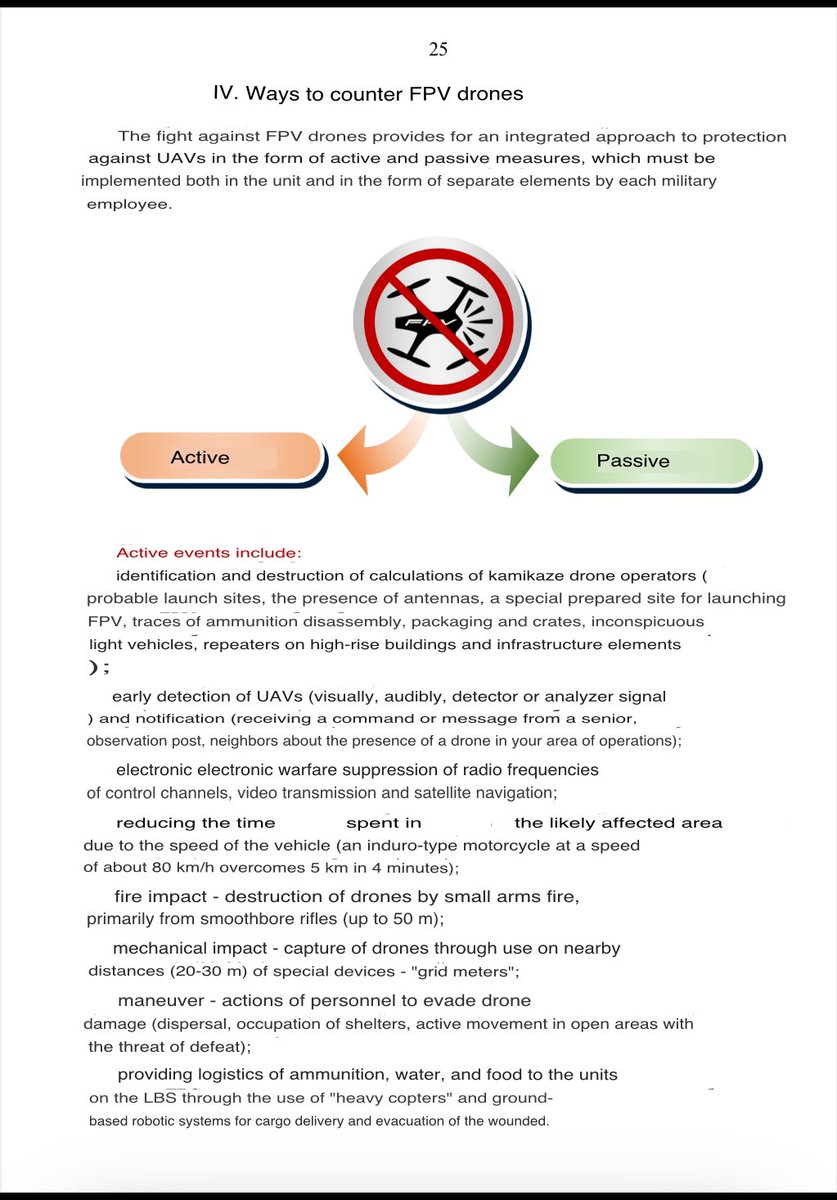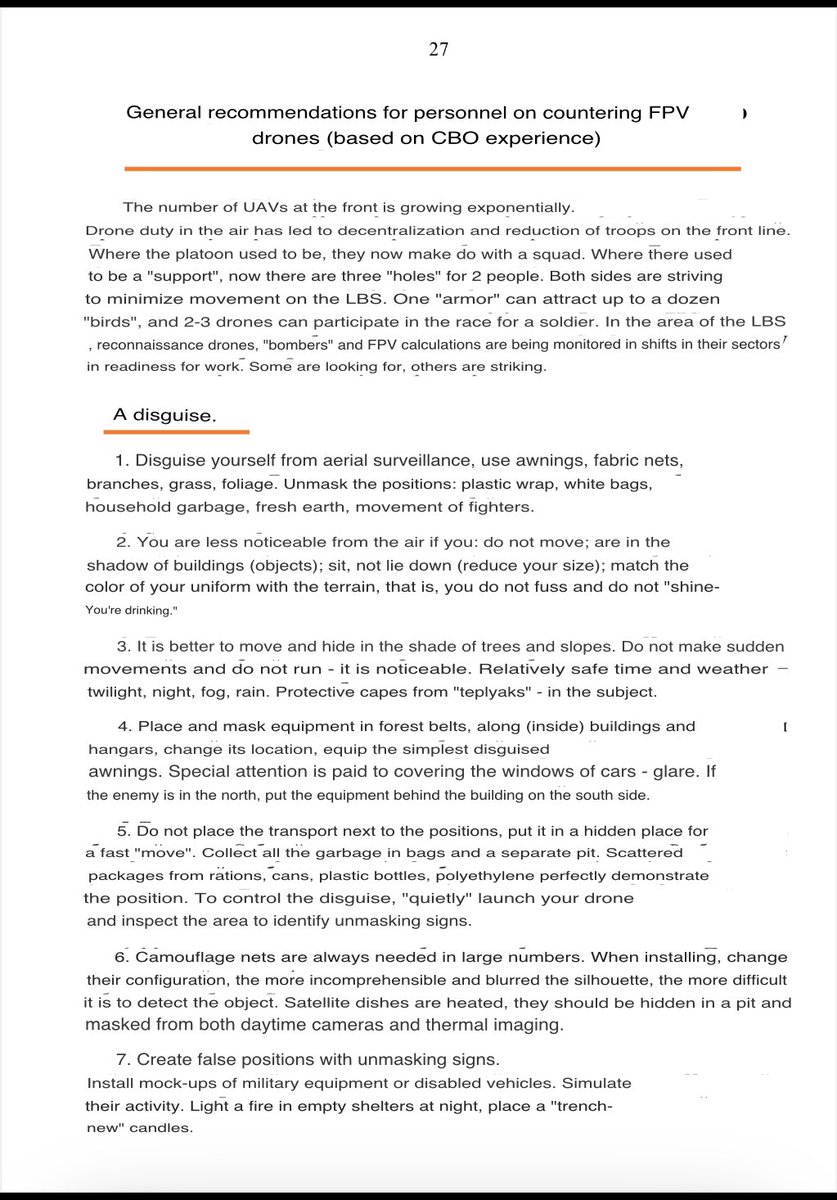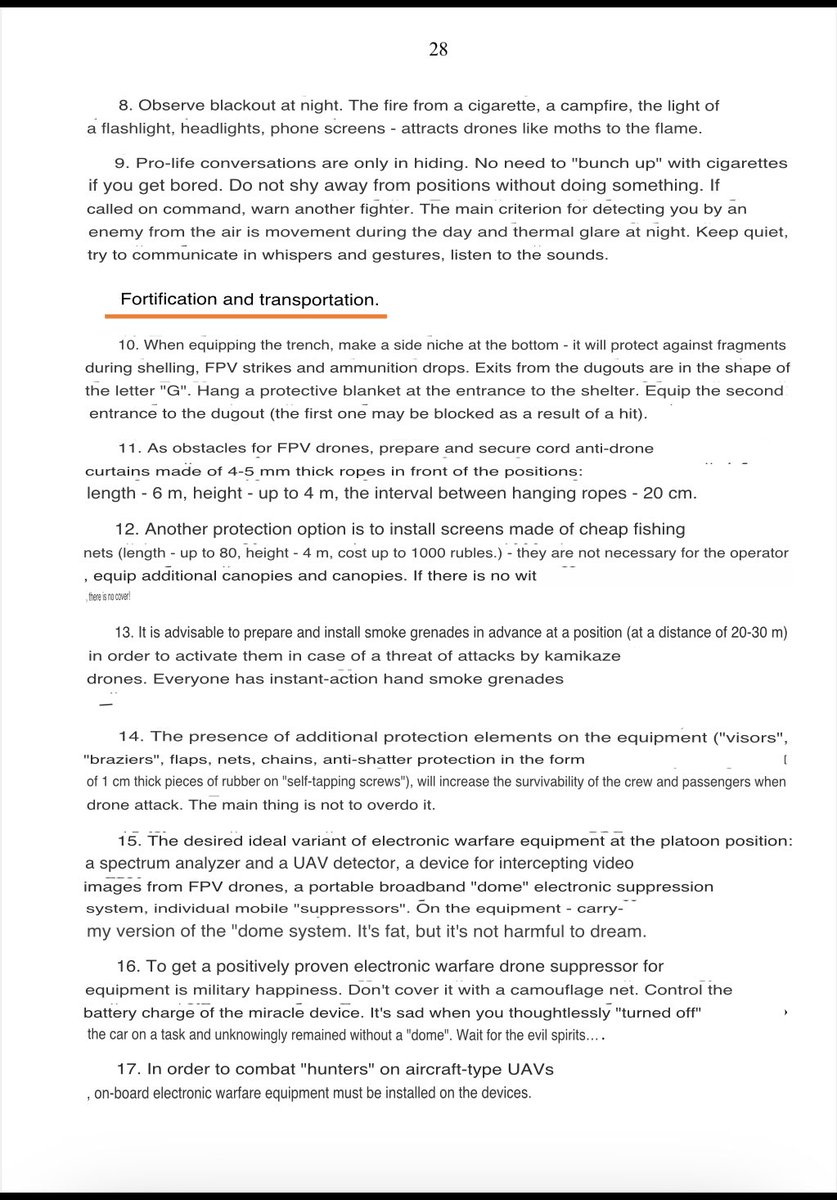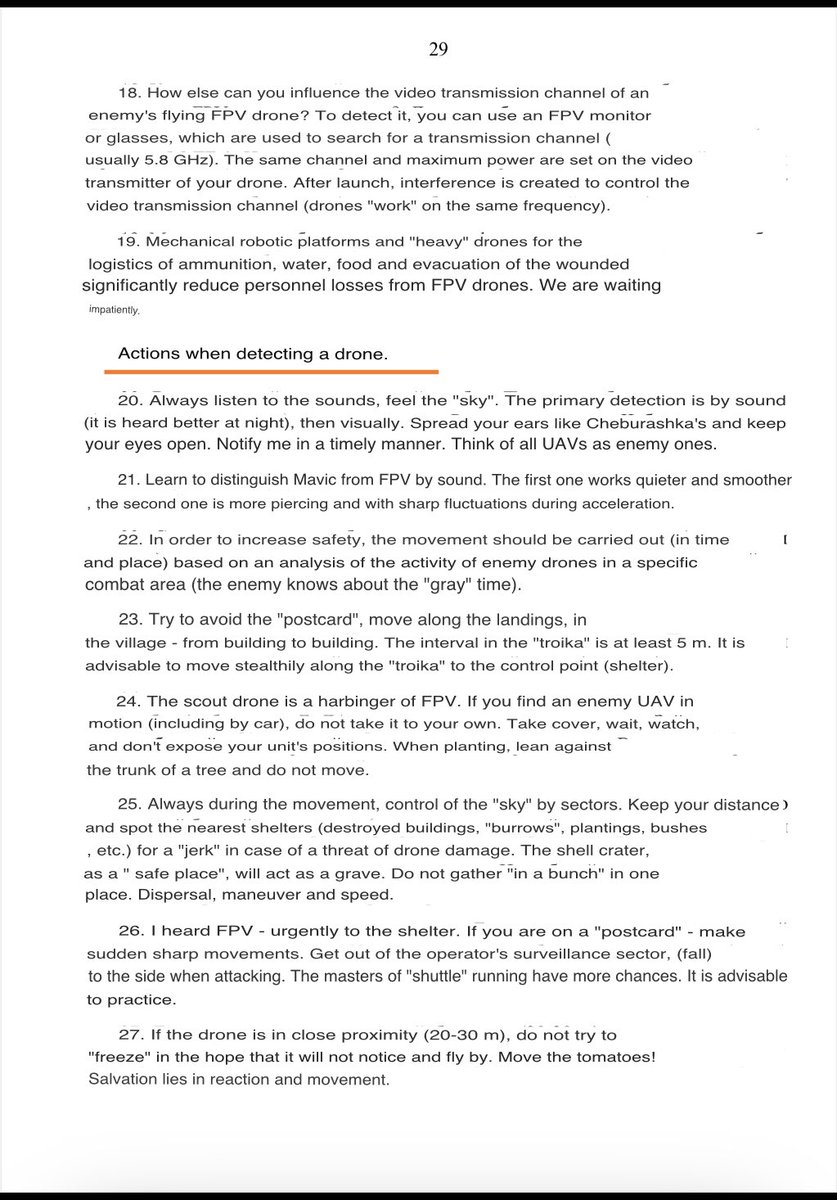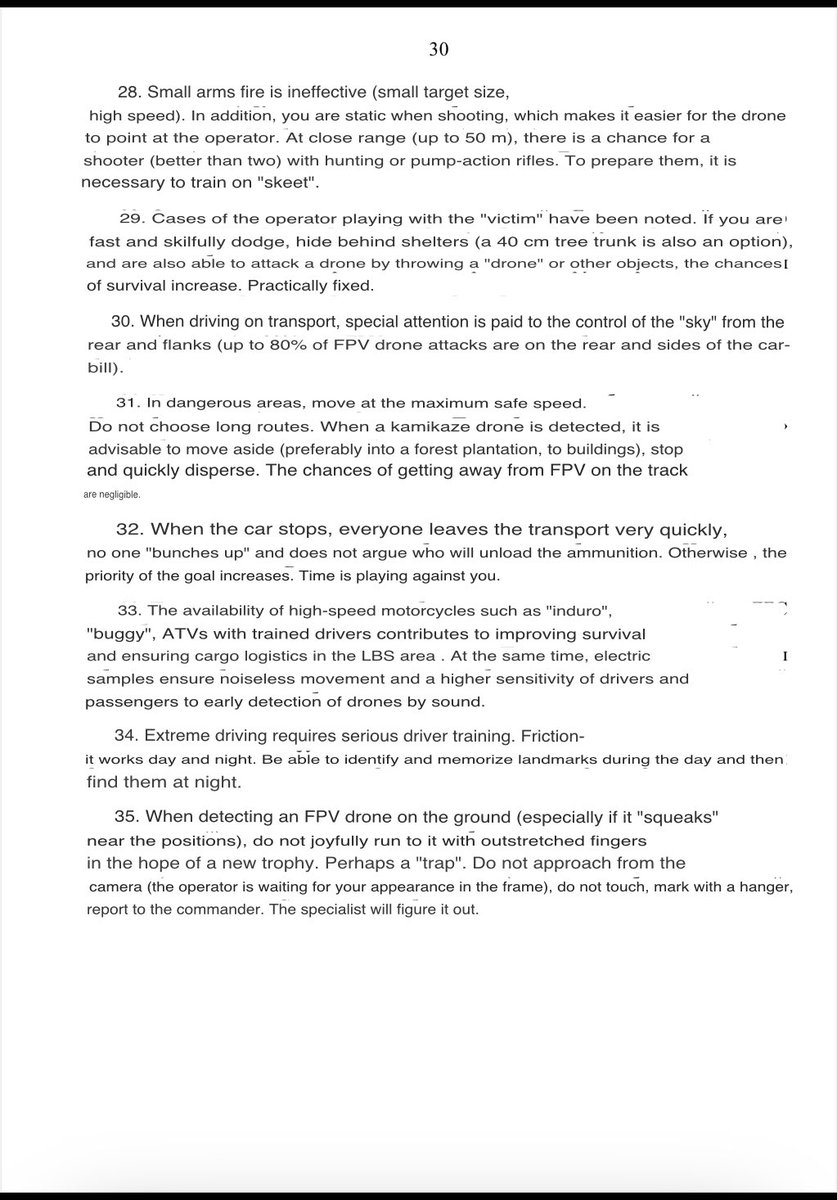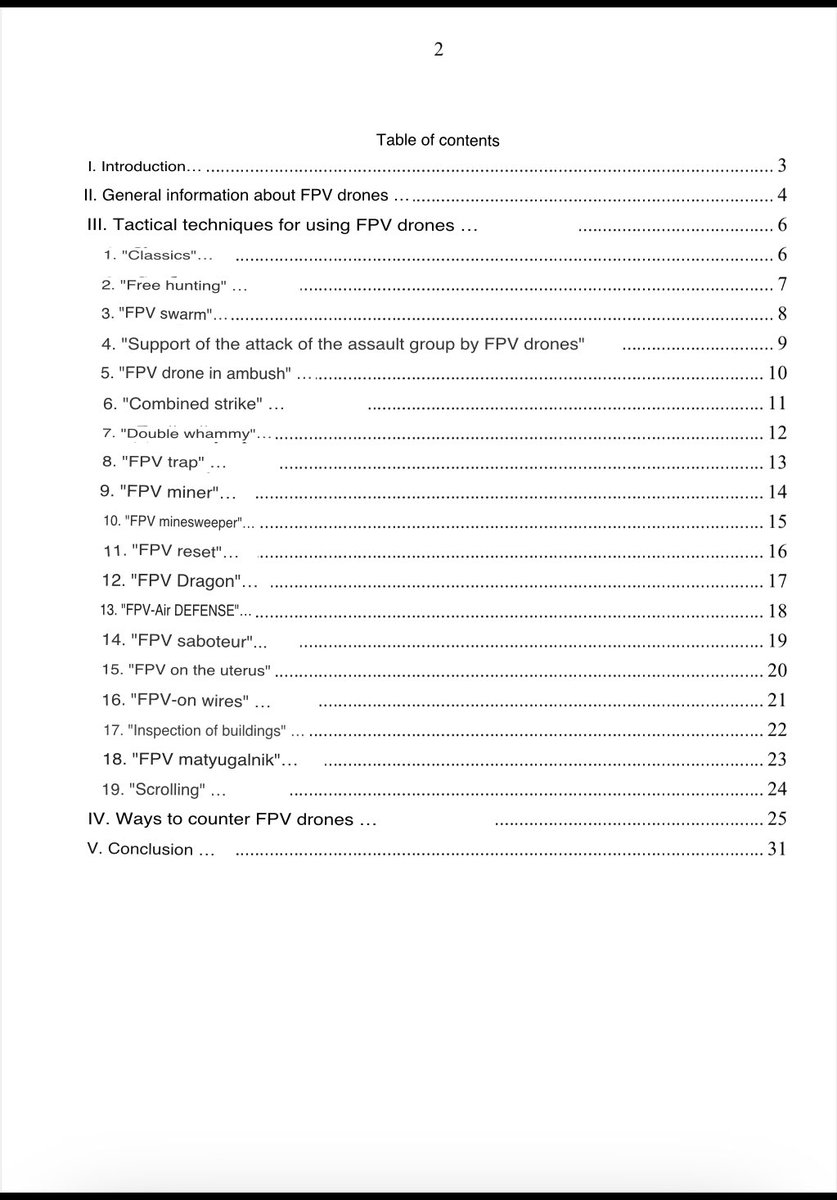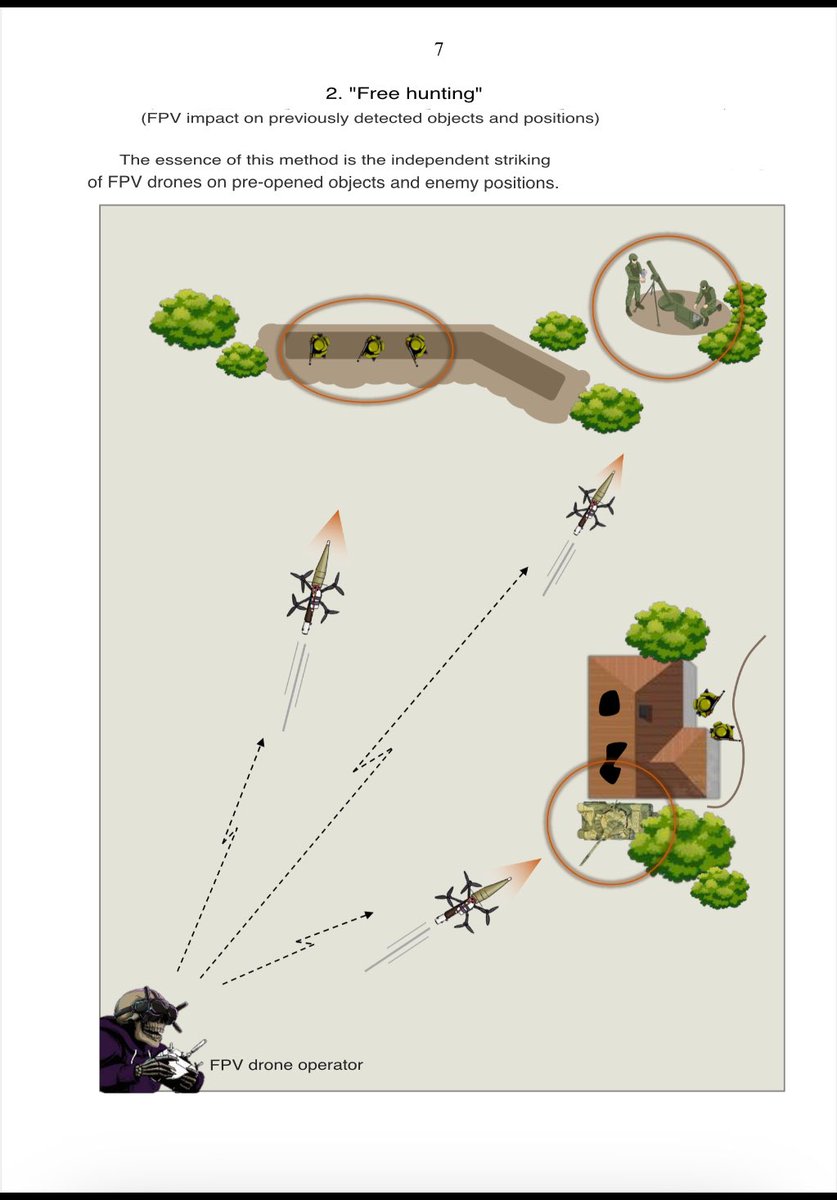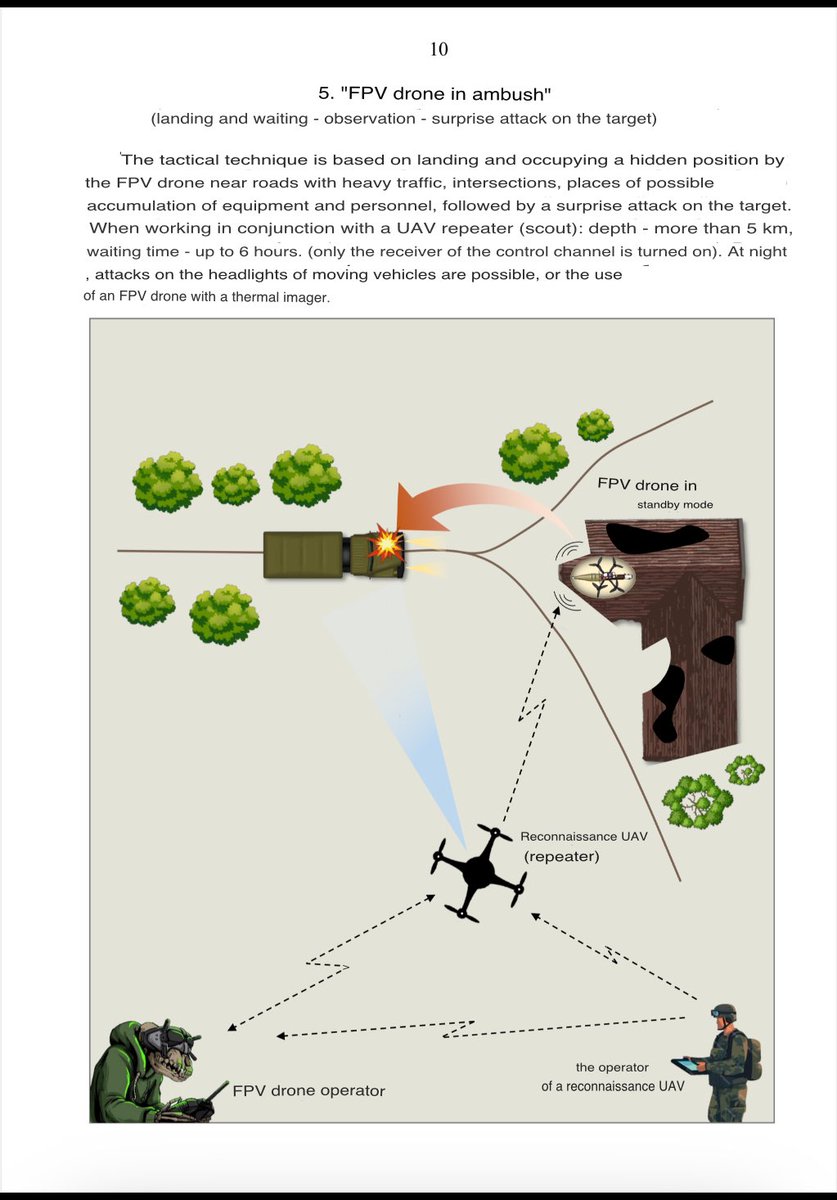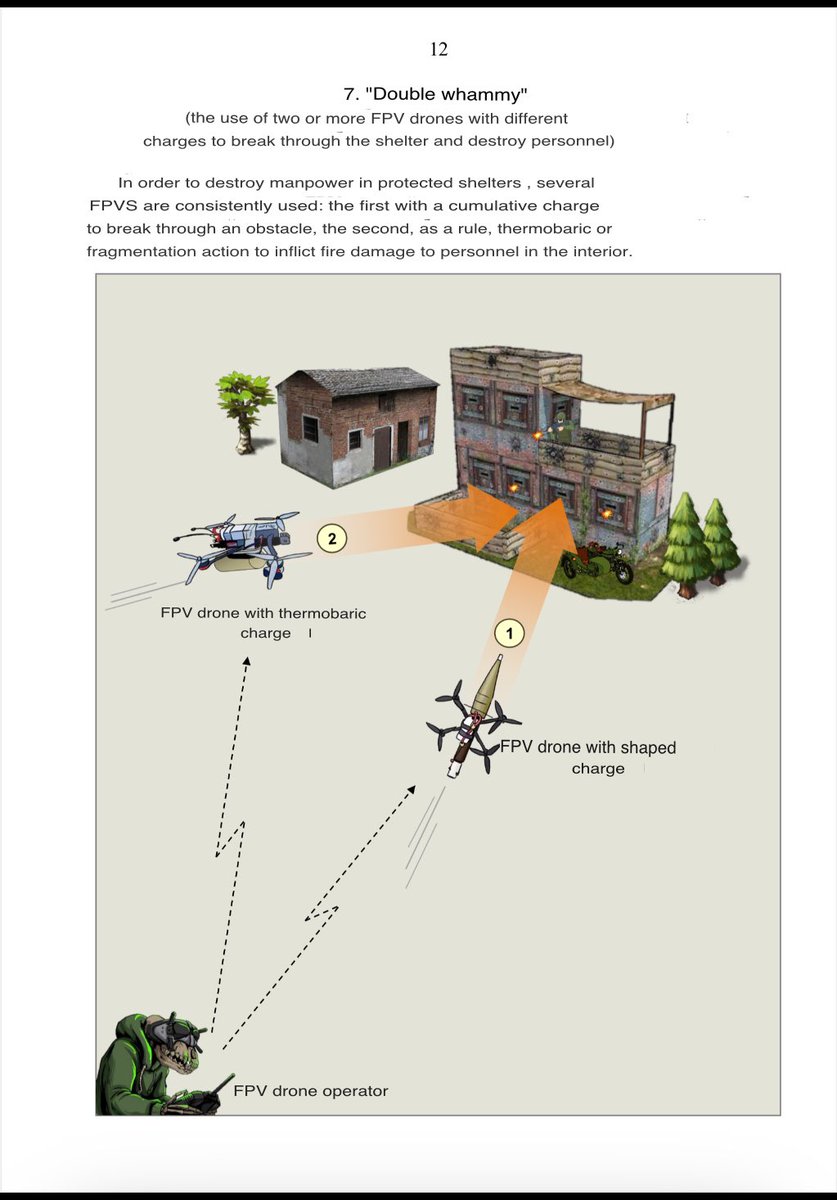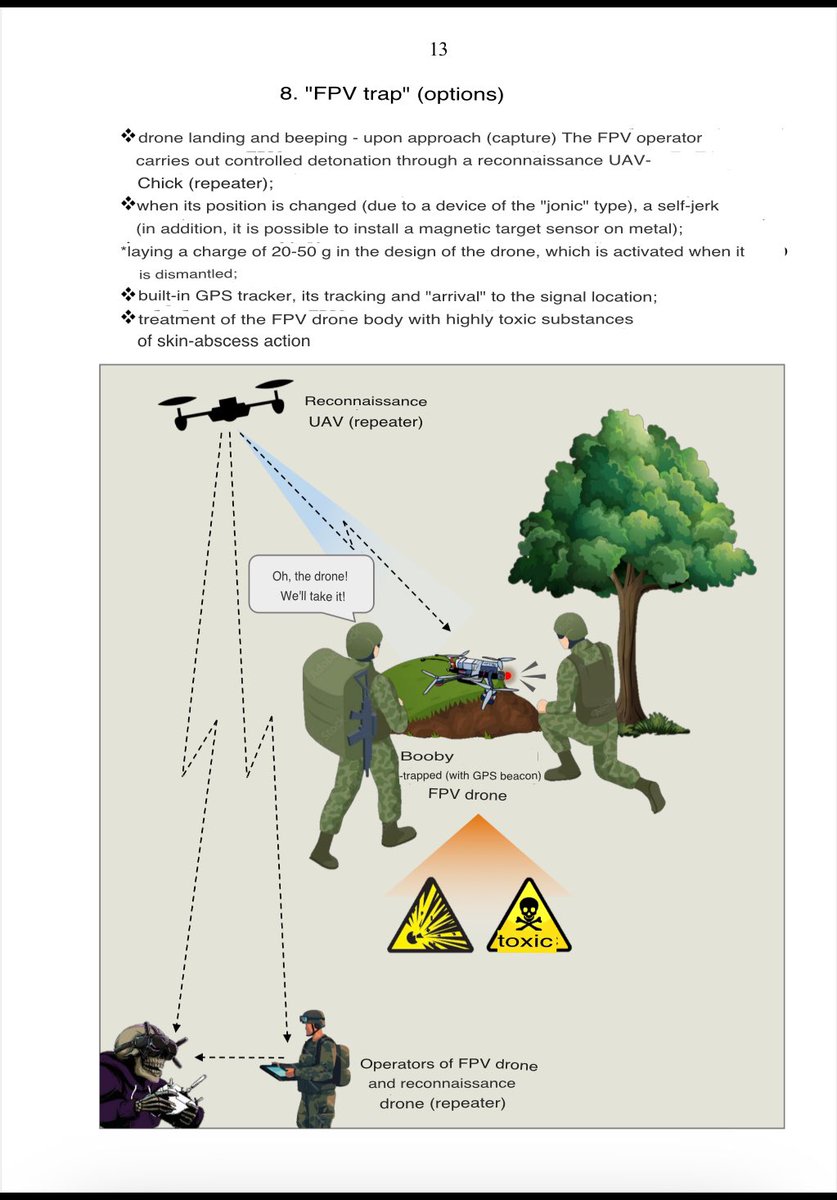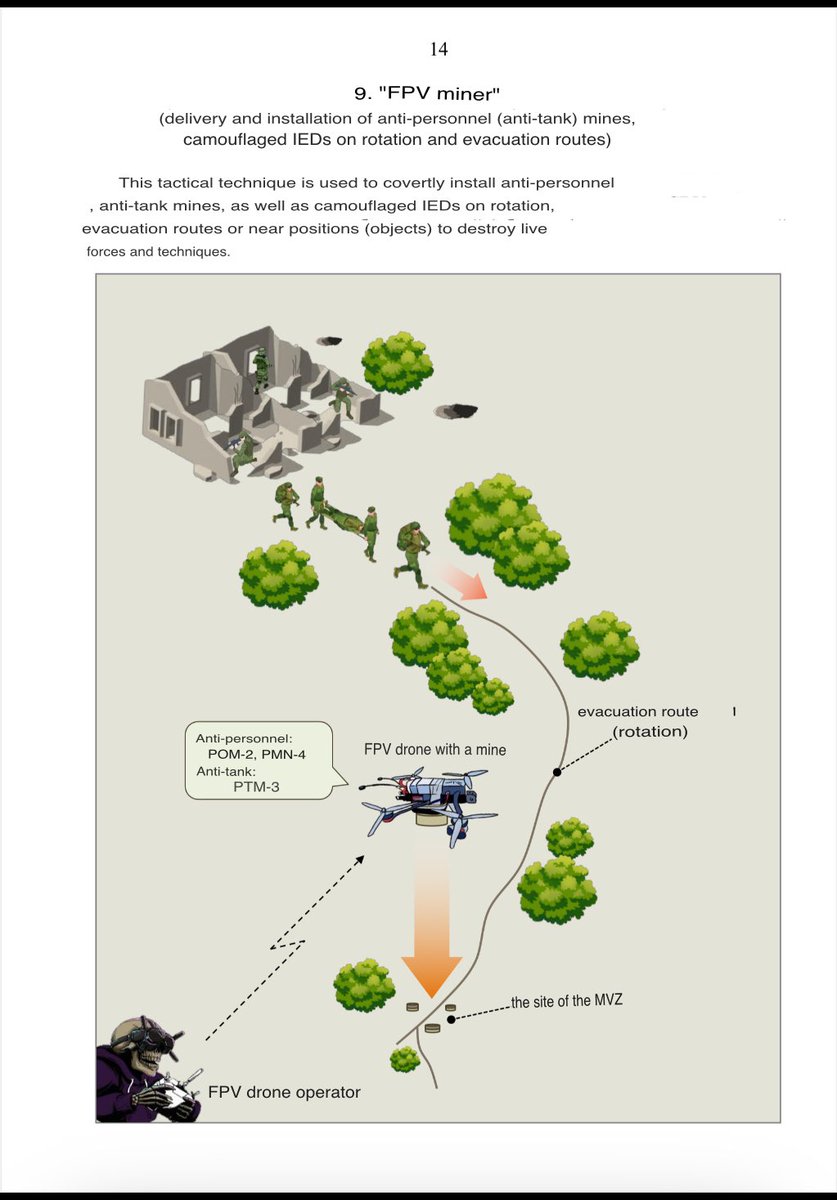Ukrainian EW expert Serhii “Flash” Bestkrestnov has published a guide to the military use of the TinySA frequency analyzer.
He also provides firmware to make the device with its many settings more accessible.
Below are some of the valuable capabilities of this device.
1/
He also provides firmware to make the device with its many settings more accessible.
Below are some of the valuable capabilities of this device.
1/
https://twitter.com/grandparoy2/status/1875692708876169278

“The state of the air” can be monitored to determine UHF radio communication frequencies to avoid.
2/
2/

Determining the local level of EW jamming of satellite navigation frequencies for GPS or GLONASS.
Note how these systems use a number of frequency channels.
3/
Note how these systems use a number of frequency channels.
3/

The presence and intensity of local EW jamming (including friendly jammers) on the control frequency of the FPV you are about to launch.
4/
4/

Detecting the presence of Russian fixed wing reconnaissance UAVs by their distinctive telemetry signals.
With directional antennas, multiple devices this can triangulate their position to cue a Ukrainian fighter FPV.
5/
With directional antennas, multiple devices this can triangulate their position to cue a Ukrainian fighter FPV.
5/

Detecting the presence and distance (by signal strength) of nearby Russian fixed-wing kamikazes such as the formidable Lancet.
Its distinctive telemetry signal pattern is “double-horned”.
6/
Its distinctive telemetry signal pattern is “double-horned”.
6/

And crucially, detecting the video transmission signals of nearby Russian Mavics and especially FPVs.
This is the fundamental function of a frontline drone detector.
7/

This is the fundamental function of a frontline drone detector.
7/


Google Drive link to the manual, which is in both English and Ukrainian.
8/
drive.google.com/file/d/1rCIZfP…
8/
drive.google.com/file/d/1rCIZfP…
• • •
Missing some Tweet in this thread? You can try to
force a refresh












